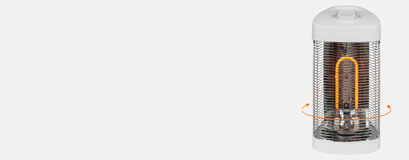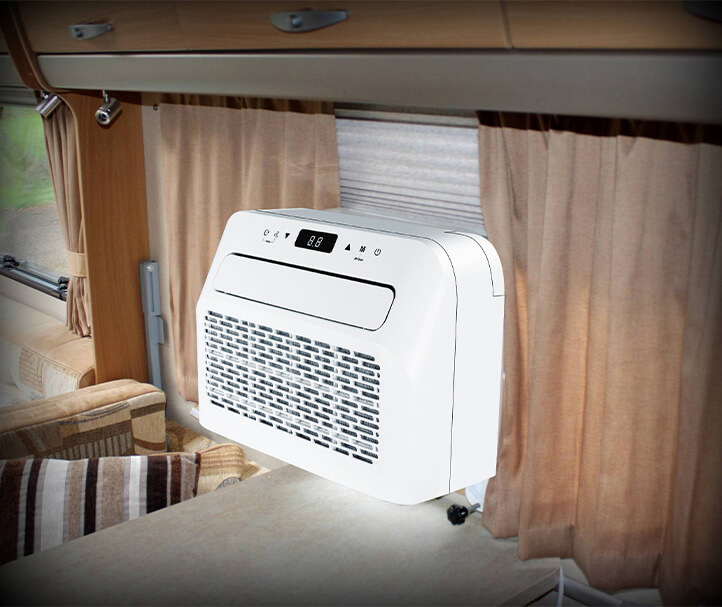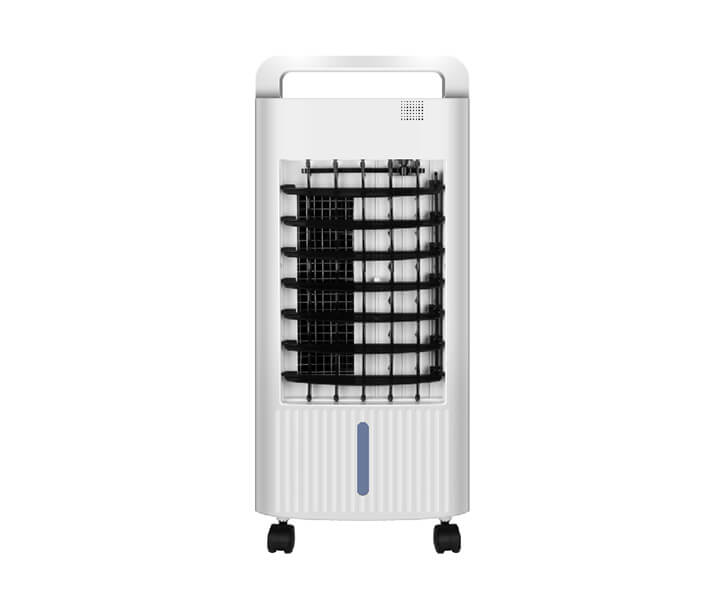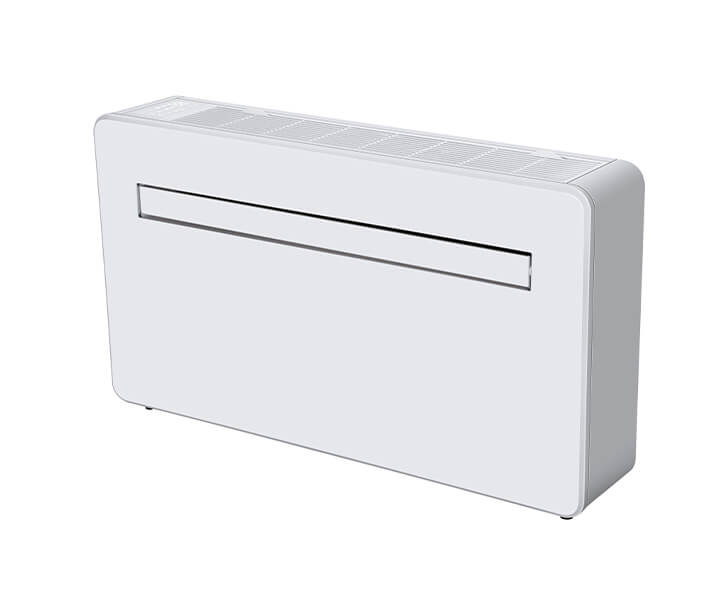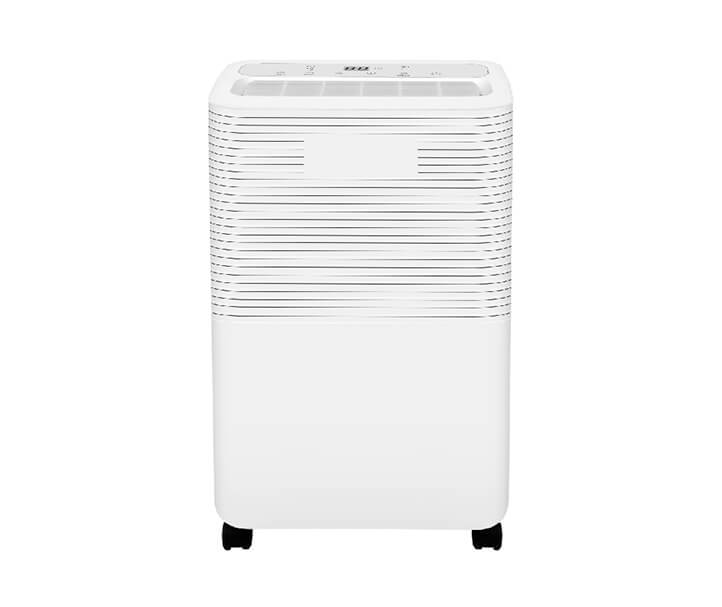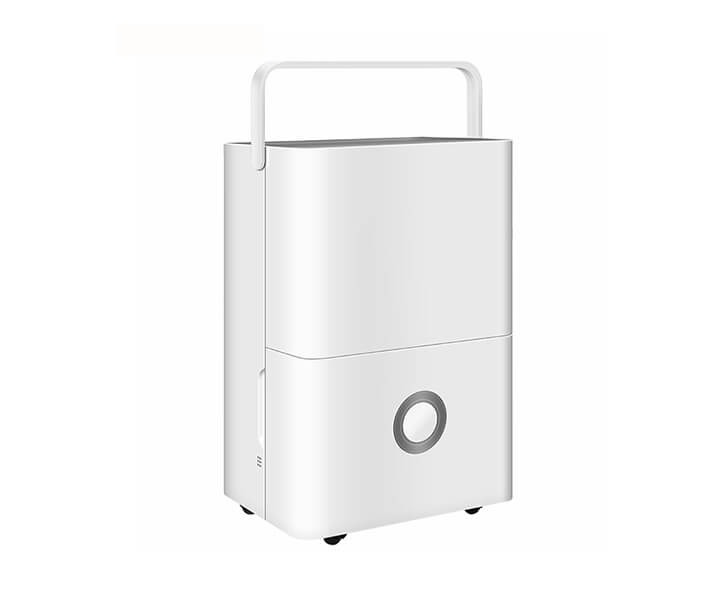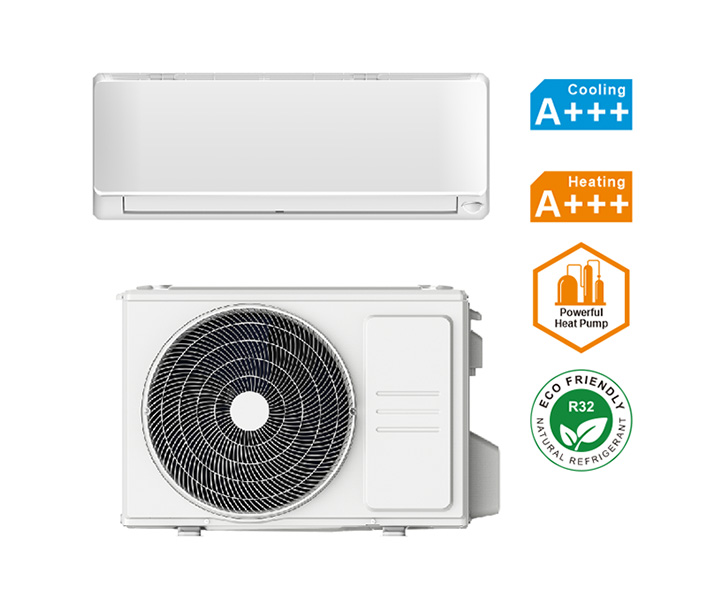
Principle Analysis and Performance Evaluation of Household Dehumidifier
2023-07-07 18:01:43
Principle Analysis and Performance Evaluation of Household Dehumidifier
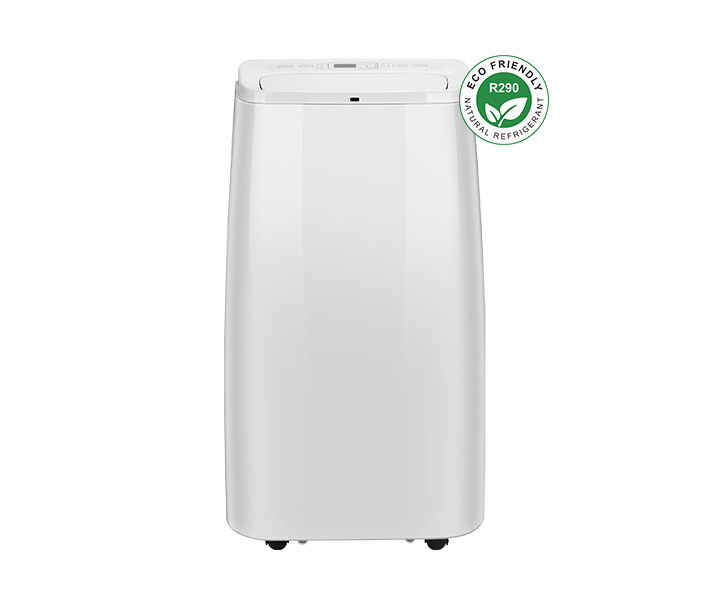
Household dehumidifiers have become essential appliances for maintaining the comfort and health of indoor environments. This article aims to provide a detailed analysis and evaluation of the principles behind dehumidifiers, as well as their performance in homes. Through a systematic approach, we will explore the various aspects of these devices, shedding light on their functionality, efficiency, and suitability for different household needs.
1. Principle Analysis
Understanding the principle operation of a household dehumidifier is crucial to grasp its effectiveness in managing indoor humidity levels. These devices utilize condensation or absorption methods to extract excess moisture from the air. In the condensation-based dehumidifiers, air is cooled below its dew point, causing moisture to condense and collect in a container. Absorption dehumidifiers, on the other hand, rely on adsorbents like silica gel to remove moisture from the air.
It is worth noting that different dehumidifiers have varying capacities, expressed in pints or liters per day, indicating the amount of moisture they can extract. By understanding these principles, individuals can make informed decisions when selecting the most suitable dehumidifier for their homes.
2. Performance Evaluation
Evaluating the performance of household dehumidifiers involves assessing key factors such as energy efficiency, noise levels, and the effectiveness of moisture removal. Energy efficiency is important to minimize electricity consumption and reduce utility bills. Look for devices with Energy Star ratings, as they meet strict energy efficiency guidelines.
Noise levels can affect daily activities and quality of life. Consider dehumidifiers with lower noise ratings, often measured in decibels, to ensure a quieter living environment. Additionally, examining the moisture removal capacity of dehumidifiers is essential to determine if they can effectively handle the specific humidity levels in your home.
3. Suitability for Household Needs
Households have diverse requirements when it comes to dehumidification. An evaluation of the suitability of dehumidifiers for different needs is essential. For instance, homes with basements or crawl spaces might require a dehumidifier with higher capacity due to increased moisture levels in these areas. Some dehumidifiers are also equipped with special features, such as built-in hygrometers or the ability to work at low temperatures, making them more suitable for specific environments.
It is essential to consider factors like size, mobility, and ease of maintenance to ensure the dehumidifier seamlessly integrates into your household. By assessing the variety of options available, individuals can select the most appropriate device with the desired features and functionality.
Conclusion
The proper analysis and evaluation of household dehumidifiers are crucial in making well-informed decisions for better indoor air quality and a comfortable living space. By understanding the principles, evaluating performance factors and considering suitability, individuals can select the most efficient dehumidifier that meets their specific needs. Incorporating a dehumidifier into your home can enhance overall well-being and help prevent issues related to excess moisture in the indoor environment.
Get the latest price? We'll respond as soon as possible(within 12 hours)


